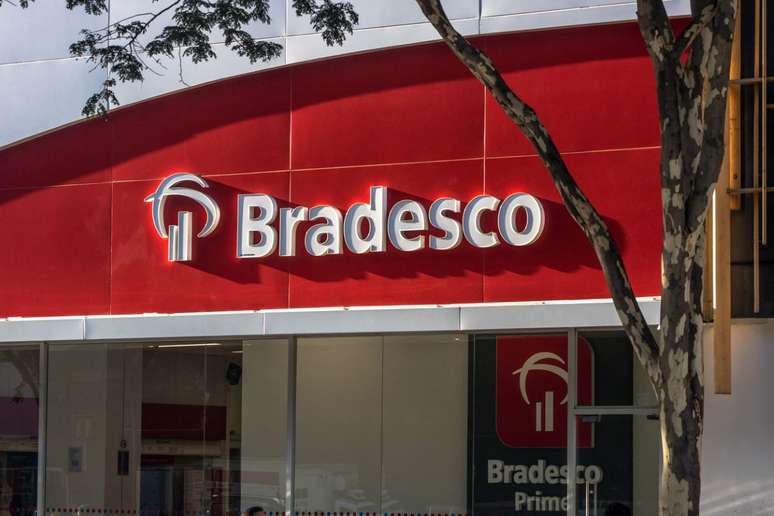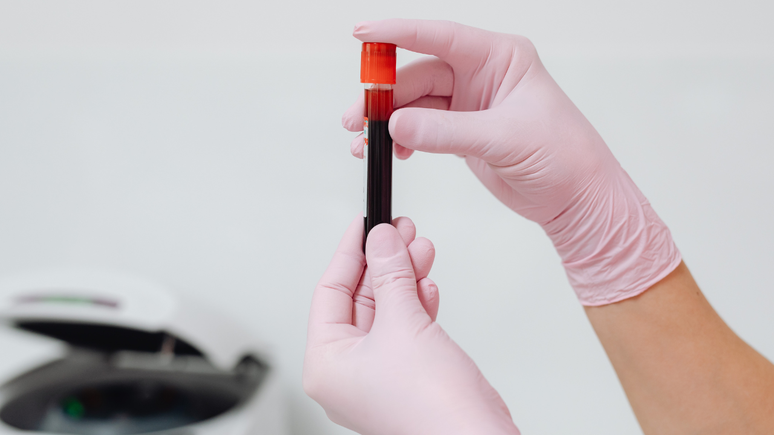This Sunday (June 22), Paulista Avenue, in the center of San Paolo, was the scene of the 29th edition of the LGBT+ Pride Parade, an event that this year put the aging of the population LGBTQIAPN+ at the center of the debate. Under the motto “aging LGBT+: memory, resistance and future”, the celebration tried to highlight the challenges faced in the elderly, such as solitude, ethaism, the difficulties in accessing health and the persistent absence of specific public policies.
Thousands of people participated in the movement, many of other states. Groups of cities such as Ourinhos (SP), Curitiba (PR) and Cambará (PR) have arrived in the capital in the organized caravan, with the participants committed to guaranteeing their presence from the early hours of the day. “Our only concern was to find a place to take a shower and prepare,” said Vander Junior, who joined one of the caravans who arrived in the city at dawn.
In addition to the massive presence of the population, the event also attracted parliamentarians and artists. The representatives of PSOL and PT were on the spot, including the councilors Amanda Paschoal and Luana Alves, and state deputies Ediane Maria, Carol Ira and Beth Sahao. During his speech to the public, Amanda Paschoal stressed: “Being LGBT in any age group is extremely difficult in Brazilian society […] Aging itself is already a challenge in Brazil and for the population LGBTQIAPN+, it adds to all this violence structured against us. “
In the meantime, also artists such as Waess Camargo, Leo Áquila, Marcela Mc Gowan, Leo Áquila, Pedro Sampaio, Pepita and the Uó Band participated in the party. The symbols and symbols of the struggle for diversity were one of the visual attractions of the event, widely shared on social networks. The presenter of Cariúcha, one of the most commented appearances, spoke of his pride for his daughter and the support received by the community.
Wanessa Camargo is present in LGBTQIA+ Parade (Photo: Reproduction)

Leo Aquila is present on LGBTQIA+ Parade (Photo: Reproduction)
LGBTQIAPN+ families were present significantly. An example was the couple Jarbas and Mikael Bitencourt, who guide her daughter Antonella, born from a belly of solidarity. “It is the first year of our daughter here. For us, this is more than a family moment, it is a symbol of struggle and conquest,” said his parents, electrified.
The celebration also had a direct impact on the economy of the state capital. According to the São Paulo Commercial Association, this year’s stop should generate an estimated movement of $ 548.5 million, 16% more than that recorded in the previous edition.
In fact, the party has distinguished itself not only for its political and social agenda, but for the diversity of styles, colors, fantasies and symbols represented by its participants. Groups such as “mothers for diversity” have distributed hugs and host messages along the way, such as activists, drag Queen and street artists celebrated the sound of music and the words of resistance.
Therefore, more than a festive parade, the 29th LGBT+ PRIDE parade reiterated its function as a space for the complaint, welcome and visibility, especially for those who, when old, continue to claim dignity and recognition.
Source: Terra
Rose James is a Gossipify movie and series reviewer known for her in-depth analysis and unique perspective on the latest releases. With a background in film studies, she provides engaging and informative reviews, and keeps readers up to date with industry trends and emerging talents.




![[Coluna] Influencers cannot replace education [Coluna] Influencers cannot replace education](https://p2.trrsf.com/image/fget/cf/774/0/images.terra.com/2025/10/30/1659995403-67334985354.jpg)


